India customers to view on amazon.in
Pet-Proofing Your Home: The Ultimate Checklist
As a pet owner, creating a pet-friendly home is crucial for the safety and well-being of your furry friends. Unsecured environments can pose numerous pet hazards, from toxic substances to electrical cords. Ensuring your home is pet-proof not only protects your pets but also gives you peace of mind.
- Why Pet-Proofing Your Home Is Essential
- Getting Started: The Pet-Proofing Mindset
- Pet-Proofing Your Home: The Ultimate Checklist
- Living Room Safety: Where Pets and Family Gather
- Furniture and Decor Considerations
- Cord Management and Electronics Protection
- Pet-Friendly Plants and Decorations
- Kitchen Hazards: Keeping Curious Noses Safe
- Toxic Foods and Secure Storage Solutions
- Appliance Safety and Pet-Proof Trash Cans
- Safe Cleaning Products and Chemical Storage
- Bathroom Pet-Proofing: Small Space, Big Risks
- Creating a Pet-Safe Bedroom
- Backyard and Outdoor Safety for Pets
- Secure Fencing and Boundary Solutions
- Identifying and Removing Toxic Plants
- Weather Protection and Outdoor Comfort
- Tailored Safety for Different Pets
- Dog-Specific Safety Measures
- Cat-Proofing Essentials
- Small Animal Considerations
- Special Needs for Puppies and Kittens
- DIY Pet-Proofing Solutions on a Budget
- Top Pet-Proofing Products Worth Investing In
- Safety Gates and Barriers
- Cabinet Locks and Cord Protectors
- Pet-Safe Furniture Solutions
- Monitoring and Alert Systems
- Conclusion: Enjoying Peace of Mind with Your Furry Family Members
- FAQ
- What are the most common household dangers for pets?
- How can I pet-proof my home on a budget?
- What are some essential pet-proofing products I should invest in?
- How do I create a pet-safe bedroom for my furry friend?
- What are some tips for securing my kitchen to prevent pet accidents?
- How can I protect my pets from bathroom hazards?
- What are some considerations for pet-proofing my backyard?
- Are there different pet-proofing strategies for different types of pets?
- How can I puppy-proof or kitten-proof my home?
- What are some holiday pet-proofing tips to keep my pets safe during celebrations?
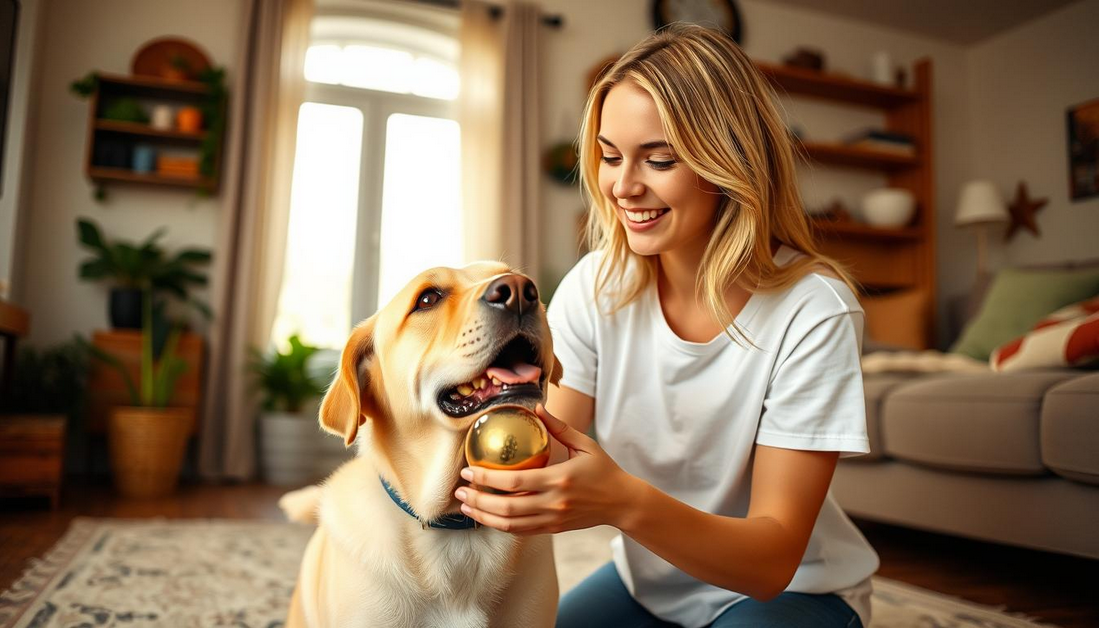
This comprehensive guide provides pet safety tips and a detailed checklist to help you identify and mitigate potential dangers in your home. By following this guide, you’ll be able to create a safe and welcoming environment for your pets.
Key Takeaways
- Identify common pet hazards in the home
- Learn effective pet-proofing strategies
- Create a safe environment for your pets
- Discover the importance of a pet-friendly home
- Access a comprehensive checklist for pet-proofing
Why Pet-Proofing Your Home Is Essential
Pet owners often overlook the potential dangers lurking in their homes, making pet-proofing a necessity. Ensuring your home is safe for your pets is crucial for their well-being and happiness. Pets, especially curious ones like dogs and cats, can easily get into trouble by ingesting toxic substances, getting entangled in electrical cords, or damaging household items.
Securing your home against these hazards not only protects your belongings but also prevents potential health risks for your pets. By taking proactive steps to pet-proof your home, you can create a safe and welcoming environment for your furry friends.
Common Household Dangers for Pets
Common household dangers for pets include toxic substances like cleaning supplies and certain medications, electrical cords that can cause shock or fires, and small objects that can be swallowed. Securing loose items and keeping hazardous materials out of reach are simple yet effective ways to mitigate these risks. Additionally, being mindful of open windows, toxic plants, and hot surfaces can significantly reduce the risk of accidents.
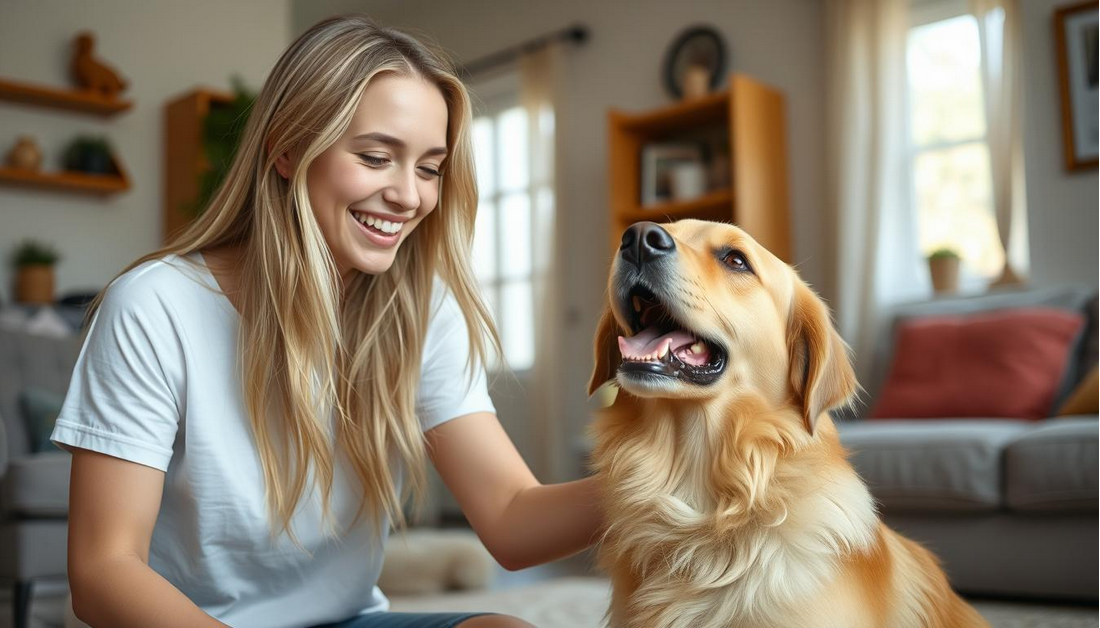
The Benefits of a Pet-Safe Environment
A pet-safe environment contributes significantly to the overall well-being of your pets. By minimizing risks, you can reduce stress and anxiety related to potential hazards. Moreover, a safe environment allows your pets to thrive, promoting a happy and healthy relationship between you and your pets. Investing time in pet-proofing your home is a proactive step towards ensuring your pets lead a safe and fulfilling life.
Getting Started: The Pet-Proofing Mindset
As you welcome a new pet into your home, it’s essential to adopt a pet-proofing mindset to ensure their safety and your peace of mind. This involves understanding the potential hazards in your home and taking proactive steps to mitigate them.
Pet-proofing is not just about restricting access to certain areas; it’s about creating a safe environment where your pet can thrive. By being proactive, you can prevent accidents and ensure a harmonious coexistence between your pets and your home’s furnishings.
Seeing Your Home Through Your Pet’s Eyes
To effectively pet-proof your home, you need to see it from your pet’s perspective. Get down to their level and observe your home’s layout, noting any potential dangers such as electrical cords, toxic substances, and fragile items. This simple exercise can help you identify risks that might not be immediately apparent.
Consider the curious nature of pets, especially dogs and cats, and how they interact with their environment. Understanding their behavior is key to anticipating and preventing potential hazards.
Basic Tools and Supplies You’ll Need
To start pet-proofing, you’ll need some basic tools and supplies. These include cable protectors, cabinet locks, and pet-safe cleaning products. Having these on hand will make the pet-proofing process more efficient.
Additionally, consider investing in a pet-proofing kit that usually contains a variety of safety devices designed to protect your home and pet. These kits can be a great starting point for new pet owners.
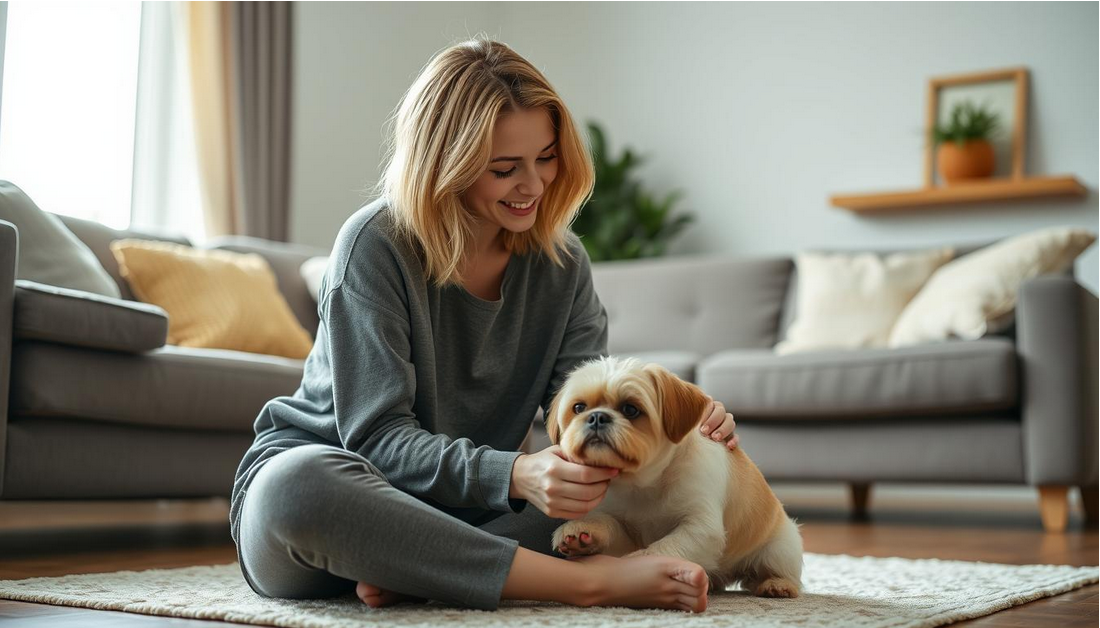
Pet-Proofing Your Home: The Ultimate Checklist
Pet-proofing your home is a crucial step in providing a safe haven for your furry friends. It involves a thorough examination of your living space to identify and mitigate potential hazards. By doing so, you can prevent accidents and ensure a healthy environment for your pets.
To effectively pet-proof your home, it’s essential to adopt a systematic approach. This involves assessing each room individually to identify potential dangers and taking corrective measures.
Room-by-Room Safety Assessment
Conducting a room-by-room safety assessment is key to identifying potential hazards for your pets. Start by examining each room from your pet’s perspective, looking for items that could be harmful if ingested or damaged.
| Room | Potential Hazards | Safety Measures |
|---|---|---|
| Living Room | Cords, toxic substances, fragile items | Secure cords, remove toxic substances, use pet-friendly decor |
| Kitchen | Toxic foods, sharp objects, hot surfaces | Secure storage, use pet-safe cleaning products, monitor cooking |
| Bathroom | Toiletries, medications, water hazards | Secure toiletries and medications, supervise bath time |
Printable Checklist for New Pet Parents
For new pet parents, having a comprehensive checklist can be incredibly helpful. Here’s a printable checklist to guide you through the pet-proofing process:
- Secure toxic substances and cleaning supplies
- Remove hazardous materials and objects
- Use pet-friendly decor and furniture
- Monitor and secure cords and electronics
- Supervise your pets at all times, especially in new environments
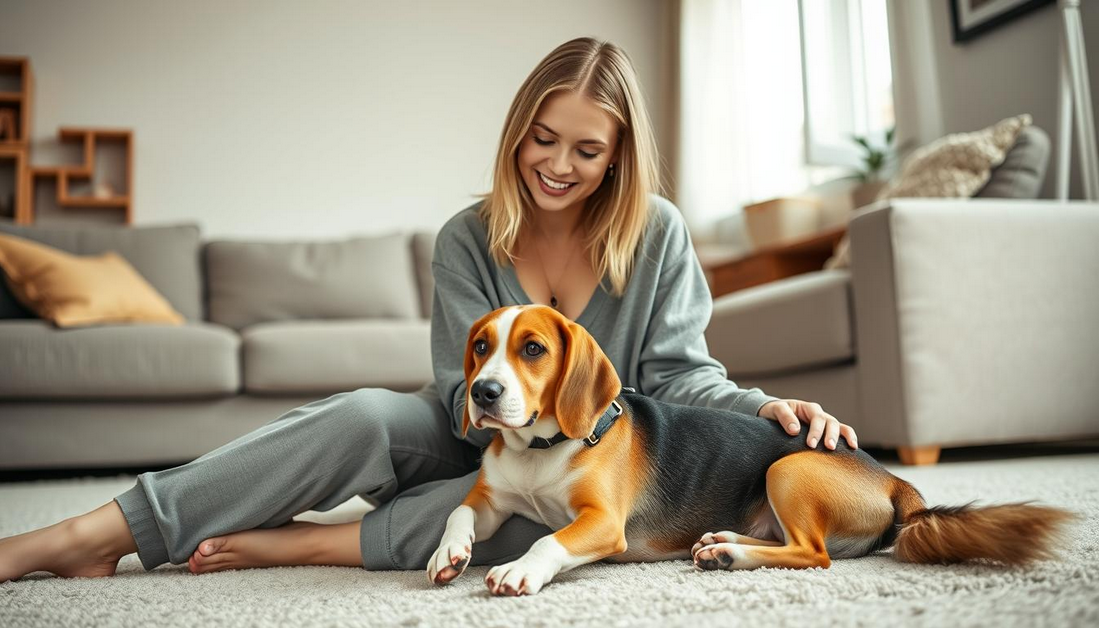
By following this checklist and conducting a thorough room-by-room safety assessment, you can create a safe and welcoming environment for your pets.
Living Room Safety: Where Pets and Family Gather
Creating a pet-friendly living room requires careful consideration of various factors to ensure a safe environment. This space is where families and their pets spend a lot of time together, making it crucial to address potential hazards.
Furniture and Decor Considerations
When it comes to furniture, it’s essential to choose pet-safe furniture options that are durable and less likely to be damaged by pets. Consider using furniture with washable covers and sturdy constructions that can withstand scratches and spills. Additionally, securing heavy furniture and decorations to walls can prevent them from tipping over.
Cord Management and Electronics Protection
One of the significant hazards in the living room is electrical cords and electronics. Using cord protectors for pets can prevent pets from chewing on cords, reducing the risk of electrical shock. Keeping electronics out of reach and securing cords with cable management systems are effective strategies.
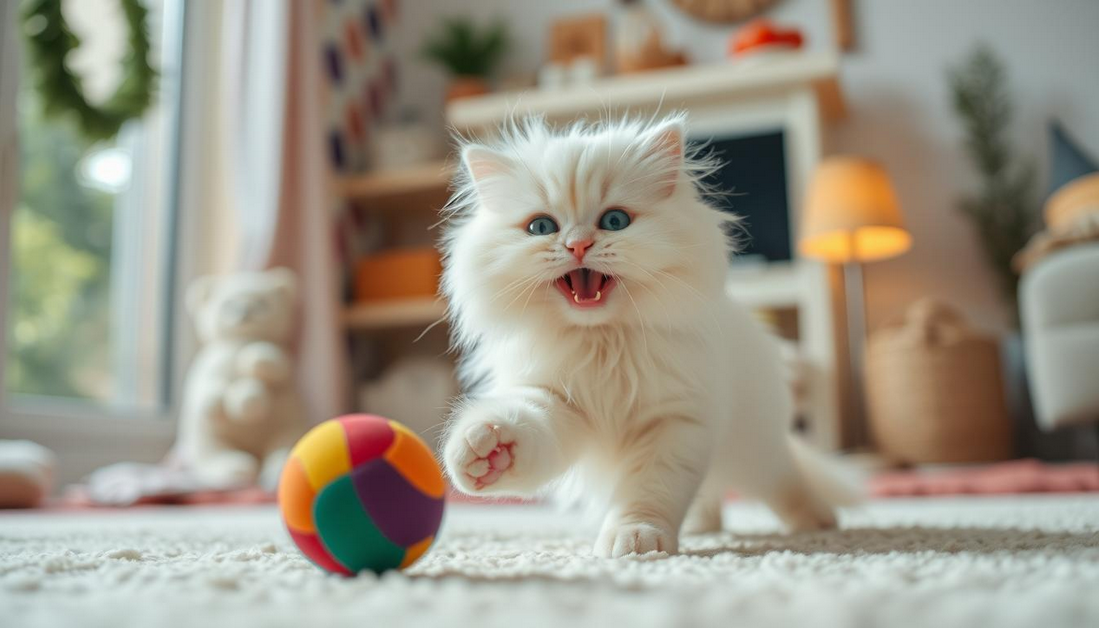
Pet-Friendly Plants and Decorations
Choosing pet-friendly plants is vital to avoid toxicity. Some plants are harmless to pets, while others can be toxic. Opt for pet-safe plants like spider plants or parlor palms. Decorations should also be pet-friendly, avoiding small, swallowable items or materials that can be easily damaged.
| Pet-Friendly Plants | Toxic Plants to Avoid |
|---|---|
| Spider Plant | Lily |
| Parlor Palm | Sago Palm |
| Prayer Plant | Oleander |
By implementing these pet-proofing living room ideas, you can create a safe and welcoming space for both your family and pets, ensuring a harmonious living environment.
Kitchen Hazards: Keeping Curious Noses Safe
The kitchen is a hub of activity in any home, but for pets, it poses a multitude of hidden dangers. From toxic foods to hazardous cleaning supplies, the kitchen is filled with potential risks that can harm your furry friends. Ensuring your kitchen is pet-safe requires attention to detail and a proactive approach to mitigating these hazards.
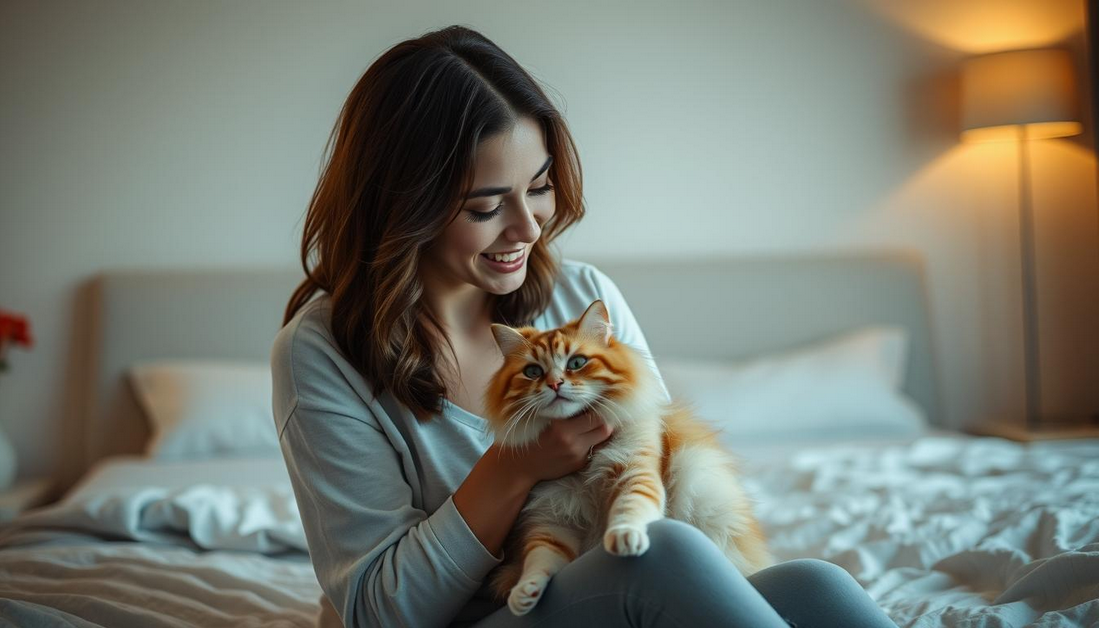
Toxic Foods and Secure Storage Solutions
Many common kitchen foods are toxic to pets. Chocolate, grapes, and onions are just a few examples of foods that can be harmful if ingested. To keep your pets safe, it’s crucial to store these items in secure locations that are out of reach. Consider using pet-proof containers or storing hazardous foods in high cabinets.
Appliance Safety and Pet-Proof Trash Cans
Kitchens are filled with appliances that can pose risks to pets, from sharp edges to hot surfaces. Ensuring appliance safety involves keeping pets away while appliances are in use and securing cords to prevent electrical shock. Additionally, pet-proof trash cans are essential for preventing pets from rummaging through potentially hazardous waste.
Safe Cleaning Products and Chemical Storage
Cleaning products and chemicals are common in kitchens and can be highly toxic to pets. Opting for pet-friendly cleaning products can reduce the risk. When storing chemicals, use locked cabinets or high shelves to keep them out of reach. Always read labels carefully to ensure the products you choose are safe for your pets.
| Hazard | Prevention Measure |
|---|---|
| Toxic Foods | Secure storage in high cabinets or pet-proof containers |
| Appliance Risks | Keep pets away during use, secure cords |
| Hazardous Cleaning Products | Use pet-friendly products, store in locked cabinets |
Bathroom Pet-Proofing: Small Space, Big Risks
The bathroom, a space often overlooked in pet-proofing efforts, poses significant risks to our furry friends. This compact room is filled with potential hazards, from medications and toiletries to water and electrical appliances.
Medication and Toiletry Safety
One of the most critical aspects of bathroom pet-proofing is securing medications and toiletries. Keep all medications, including prescriptions and over-the-counter drugs, out of reach by storing them in high cabinets or locked containers. Toiletries, such as shampoos and soaps, can also be harmful if ingested.
- Use cabinet locks to secure lower cabinets where pets can easily access.
- Keep toiletries and medications in their original containers to avoid confusion.
- Dispose of expired or unused medications properly.
Water Hazards and Cabinet Security
Water hazards are another significant concern in the bathroom. Toilets, bathtubs, and sinks can all pose drowning risks, especially for curious pets. Ensuring cabinet security is also vital, as it prevents pets from accessing harmful substances or objects.
- Keep toilet lids closed and consider using a toilet lock.
- Supervise your pet when they’re in the bathroom.
- Secure any loose items or electrical appliances.
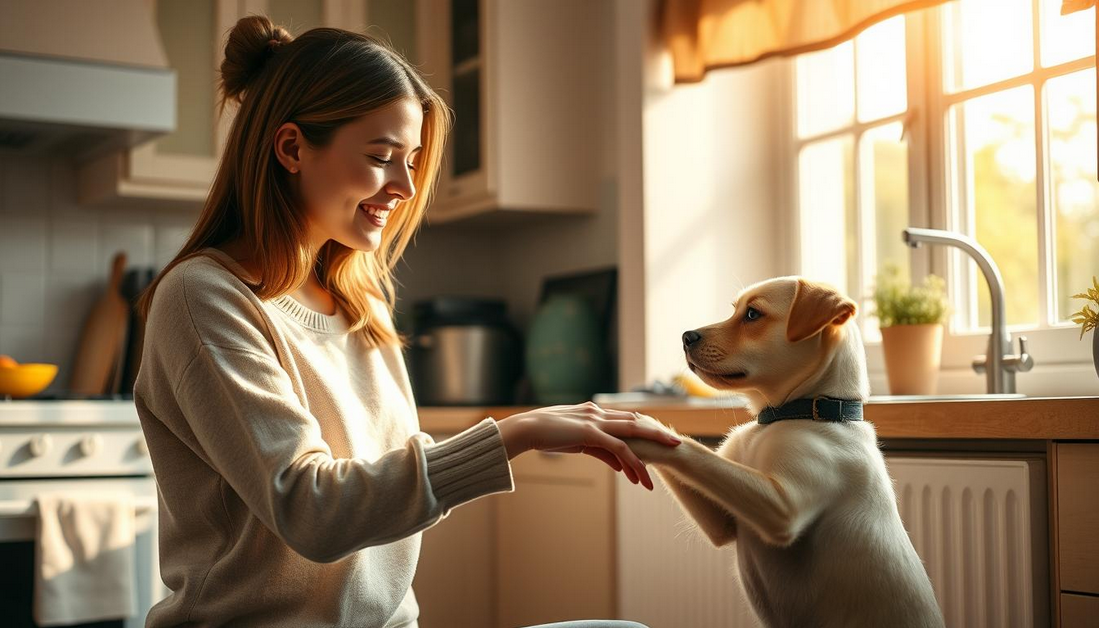
By addressing these bathroom hazards, you can significantly reduce the risk of accidents and create a safer environment for your pets.
Creating a Pet-Safe Bedroom
As we spend a significant amount of time in our bedrooms, it’s crucial to ensure this space is safe for our pets. The bedroom can be a haven not just for us, but for our pets as well, who often like to follow their owners to their sleeping area. Pet-proofing your bedroom is essential to prevent potential hazards that could harm your furry friends.
Clothing, Jewelry, and Small Item Hazards
One of the primary concerns in a bedroom is the presence of small items that can be hazardous to pets. Clothing, jewelry, and other small objects can be easily ingested or cause harm if chewed on. For instance, loose threads from clothing or small jewelry items like earrings can be choking hazards. It’s vital to keep these items out of reach by storing them in closed containers or drawers. Regularly cleaning up clutter and keeping the floor clear can significantly reduce these risks.

Comfortable and Safe Sleeping Arrangements
Providing a comfortable and safe sleeping arrangement for your pets is crucial. This can mean designating a specific area for your pet to sleep or using pet beds that are comfortable and safe. It’s also important to ensure that your pet’s sleeping area is away from drafts and not too close to heating vents or electrical appliances. For pets that like to snuggle, having a clear boundary or rule about where they can sleep in relation to their owners can help prevent accidents, such as being accidentally rolled onto.
Backyard and Outdoor Safety for Pets
The great outdoors can be a wonderful place for pets, but it requires careful planning to ensure their safety. As we expand our pet-proofing efforts beyond the home, the backyard and outdoor areas demand special attention.
Secure Fencing and Boundary Solutions
A secure fence is the first line of defense against pets escaping or unwanted animals entering your yard. Consider sturdy materials and appropriate heights for your fence, ensuring it’s high enough to prevent jumping. Additionally, regular inspections for damage or weak spots are crucial.
Identifying and Removing Toxic Plants
Many common garden plants are toxic to pets. Researching pet-safe plants is essential before adding new flora to your yard. Some plants, like oleander and certain lilies, are particularly hazardous. Removing or relocating these plants can significantly reduce risk.
| Toxic Plant | Toxicity Level | Pet-Safe Alternative |
|---|---|---|
| Oleander | High | Sunflower |
| Lilies | High | Daisies |
Weather Protection and Outdoor Comfort
Providing shade and shelter from extreme weather conditions is vital. Ensure your pets have access to a comfortable outdoor area, protected from direct sunlight and rain. Consider outdoor heating or cooling solutions for extreme temperatures.
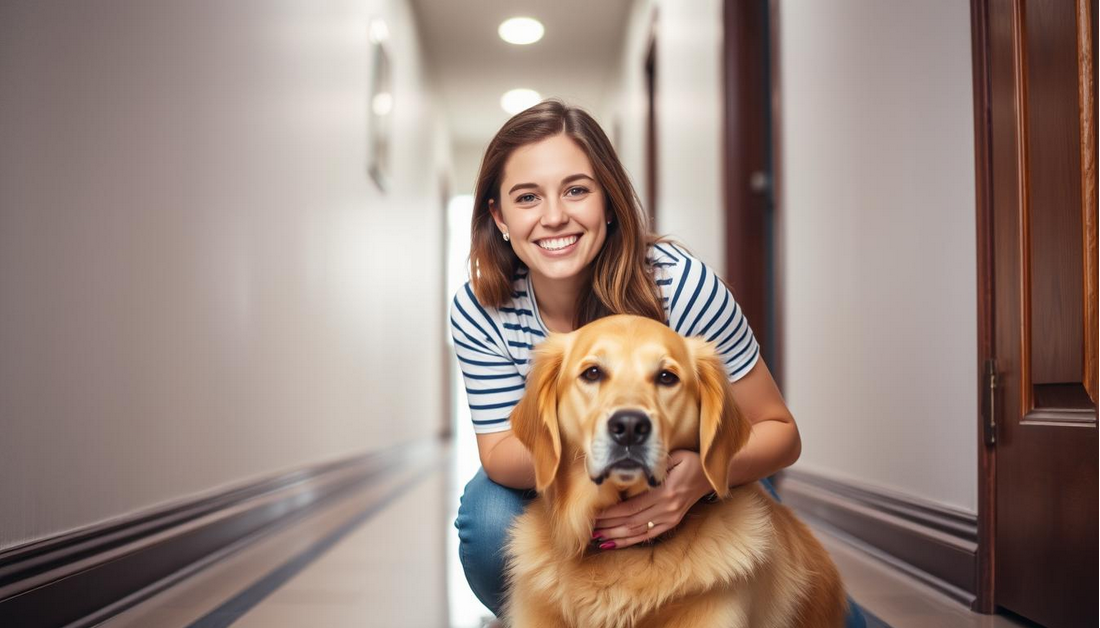
By addressing these key areas, you can create a safer, more enjoyable outdoor space for your pets, enhancing their overall well-being and your peace of mind.
Tailored Safety for Different Pets
Different pets have different safety requirements, making it crucial to tailor your pet-proofing efforts. As a responsible pet owner, understanding these differences is key to creating a safe and welcoming environment for your furry friends.
Dog-Specific Safety Measures
When it comes to pet-proofing for dogs, it’s essential to consider their size, breed, and behavior. Larger dogs may knock over furniture or ingest larger items, while smaller dogs might squeeze into tight spaces. Ensuring that hazardous materials and objects are out of reach is crucial. For instance, securing toxic substances and electrical cords can prevent accidents. “A dog-friendly home is not just about comfort; it’s about safety,” as many pet owners would agree.
Cat-Proofing Essentials
Cat-proofing involves addressing the unique climbing and scratching behaviors of cats. Securing furniture and ensuring that windows have safe barriers can prevent falls. Additionally, keeping toxic plants out of reach and securing loose wires are vital steps in pet-proofing for cats. Cats are notorious for their curiosity, so creating a safe space involves anticipating their actions.
Small Animal Considerations
For small animals like rabbits, guinea pigs, or hamsters, pet-proofing for small animals means ensuring their cages are secure and escape-proof. It’s also crucial to keep their environment clean and free from hazards. Checking for any gaps or weak points in their enclosures can prevent escapes and injuries.
Special Needs for Puppies and Kittens
Puppies and kittens require extra attention due to their curious nature and developmental stage. Pet-proofing for puppies and kittens involves not only securing the home but also providing appropriate supervision and training. As they grow, their environment needs to be adjusted to accommodate their changing behaviors and needs.
By understanding and implementing these tailored safety measures, pet owners can significantly reduce risks and create a harmonious living space for all family members, including the furry ones.
DIY Pet-Proofing Solutions on a Budget
With a little creativity, you can pet-proof your home on a budget using homemade barriers and creative storage ideas. Pet owners often face the challenge of balancing their pet’s safety with the aesthetic appeal of their home. Fortunately, DIY pet-proofing solutions can be both effective and stylish.
Homemade Barriers and Gates
Creating homemade barriers and gates is a simple and cost-effective way to restrict your pet’s access to certain areas of the home. You can repurpose old furniture or materials to create gates that are both functional and decorative. For example, using an old wooden ladder or a baby gate can be an effective barrier.
- Repurpose old furniture to create unique barriers.
- Use baby gates as a cost-effective solution.
- Design custom gates using PVC pipes or wooden planks.
Creative Storage and Protection Ideas
Securing your belongings and protecting your pets from hazardous materials can be achieved through creative storage solutions. Using storage bins, baskets, and cabinets can help keep toxic substances and small objects out of reach.
- Utilize storage bins and baskets to keep hazardous materials hidden.
- Label storage areas for easy identification.
- Install safety latches on cabinets to prevent accidental openings.
By implementing these DIY pet-proofing solutions, you can create a safer and more enjoyable living space for both you and your pets.
Top Pet-Proofing Products Worth Investing In
To ensure your home is truly pet-safe, consider investing in some of the best pet-proofing products on the market. While DIY solutions are helpful, specialized products can provide an extra layer of protection for your pets. Here are some top-rated products worth considering for your pet-proofing needs.
Safety Gates and Barriers
Safety gates and barriers are essential for restricting access to certain areas of your home. Look for pet gates for home safety that are sturdy, easy to install, and adjustable to fit various doorway sizes. Brands like Evenflo and Summer Infant offer high-quality gates that can withstand determined pets.
Cabinet Locks and Cord Protectors
Cabinets and cords can pose significant risks to curious pets. Cabinet locks prevent pets from accessing hazardous substances or valuable items, while cord protectors for pets keep them from chewing on electrical cords. Products like Safety 1st cabinet locks and cord protectors are highly rated for their effectiveness.
Pet-Safe Furniture Solutions
Pet-safe furniture options are designed to minimize damage from pets while keeping them safe. Consider furniture with removable, washable covers and sturdy construction that can withstand scratching. Some manufacturers offer furniture specifically designed with pets in mind, such as Pawfect Pets furniture line.
Monitoring and Alert Systems
Monitoring and alert systems for pets provide an additional layer of safety by keeping you informed about your pet’s activities. Pet cameras and smart doorbells with cameras allow you to monitor your pets remotely and receive alerts if they engage in undesirable behavior. Brands like Petcube and Furbo offer innovative solutions for pet owners.
Conclusion: Enjoying Peace of Mind with Your Furry Family Members
By following the pet-proofing checklist and implementing the safety measures outlined in this article, you can create a pet-friendly home where your furry friends can thrive. From securing toxic substances to protecting electrical cords, every step you take brings you closer to a safer and happier home for your pets.
As you put these pet safety tips into practice, you’ll not only be safeguarding your pets but also enjoying a more relaxed and stress-free living environment. With a pet-proofed home, you can focus on what truly matters – building strong bonds with your pets and creating lasting memories with your family.
By investing time and effort into pet-proofing your home, you’re taking a significant step towards enjoying pets at home without worrying about their safety. So, take the first step today and start creating a haven where your pets can live happily and healthily alongside your family.







